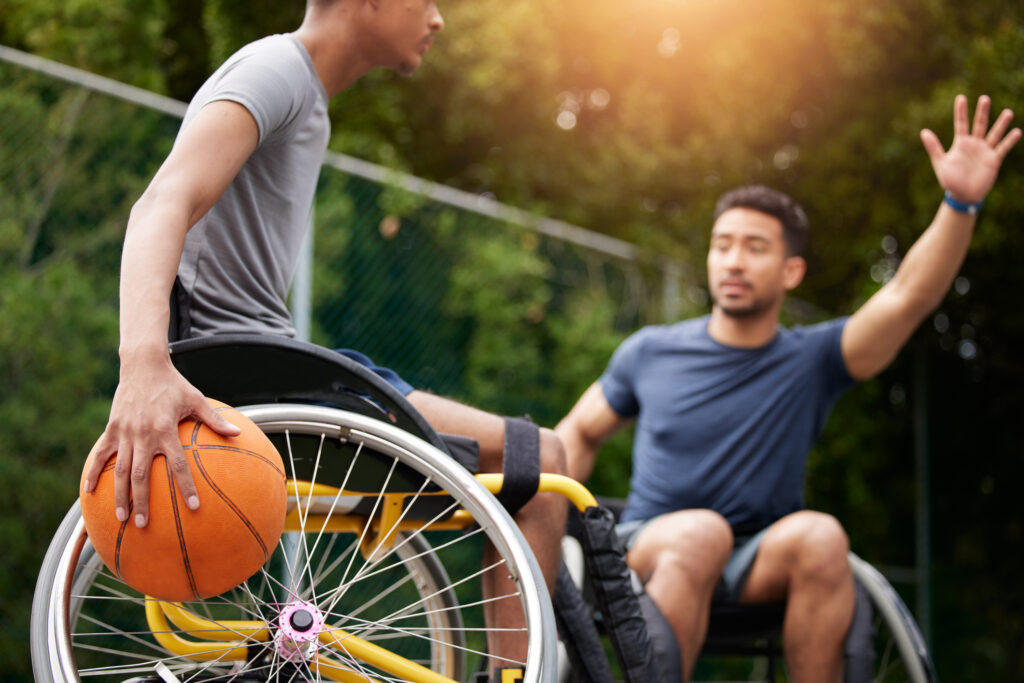Why We Must Prioritize Equitable Access to Physical Activity for Children with Disabilities

Providing children with disabilities equal access to quality education is a central tenet of the Individuals with Disabilities Education Act (IDEA). This four-part American legislation governs how states, schools and public agencies provide special education and related services to more than 6.5 million children across the country. Within this legislation, students are entitled to free […]
New ACSM Task Force Pursues Reimbursement for CEPs and EPs

ACSM exercise physiologists work to better the health, fitness and quality of life for patients who are at high risk for or who are living with one or many chronic diseases. ACSM Certified Exercise Physiologists® (ACSM-EP®) are fitness professionals with an academic degree in exercise science, qualified to pursue a career in university, corporate, commercial, […]
ACSM and National Youth Sports Health & Safety Institute Named NYSS Champions

Both organizations recognized by the President’s Council on Sports, Fitness & Nutrition for promoting participation in youth sports The U.S. Department of Health and Human Services (HHS) is pleased to recognize the American College of Sports Medicine (ACSM) and the National Youth Sports Health & Safety Institute (NYSHSI) as two of the first organizations to […]
Mythbusting | Youth Resistance Training

Myth: Lifting weights is unsafe for children and will stunt their growth. One of the most common myths associated with youth fitness programs is that resistance training is unsafe and harmful to the developing skeleton of children. Unfortunately, these outdated views persist today and some parents and caregivers question if children should lift weights in […]
Gunnar A.V. Borg (November 28, 1927 – February 2, 2020) | A Multilayered Legacy

It is a rare achievement for a researcher’s name to be recognized, and for a body of work to be appreciated, across all the diverse subdisciplines of exercise science. Gunnar Borg is one such name, and his research on perceived exertion is one such body of work. Gunnar Borg passed away earlier this month, at […]
How to Craft Your Article Title to Increase Views and Citations

Most academics use the citation count of their peer-reviewed publications to assess the impact of their research. Unfortunately, a substantial proportion of published articles are poorly cited, which suggests a minimal contribution by this work to the knowledge in a field. For example, Kortlever et al. found that 36% of the 135,029 articles published in 204 orthopedic journals between […]
Training the Nervous System after Stroke

Neurotraumatic injury such as stroke is not typically symmetrical. So, it is no surprise that such damage results in a more affected side, which results in more dramatic muscle weakness and spasticity. However, evidence suggests that some human movements have conserved neural linkages even post-stroke. Thus, training the more affected side made indeed enable the […]
Physical Activity and Function in Older Age: It’s Never too Late to Start!

Despite the known benefits of physical activity to health and physical function in aging, the proportion of older adults meeting recommended physical activity guidelines remains low (27%). Since the 2008 Physical Activity Guidelines for Americans were published, considerable evidence has emerged regarding the relative benefits of various modes or combinations of physical activity, such as progressive resistance training, multicomponent […]
High-Intensity Interval Training: For Fitness, for Health or Both?

That which was old is new again. High-intensity interval training (HIIT) has been a common component of exercise regimens designed to improve fitness and performance for many generations. In recent years, research interest has surged. A simple search of PubMed for the term “high-intensity interval training” reveals a more than 20-fold increase in the number […]
What’s New in the ACSM Pronouncement on Exercise and Hypertension?

Hypertension is a Pervasive Public Health Problem The American College of Cardiology (ACC)/ American Heart Association (AHA) Task Force on Clinical Practice Guidelines recently redefined hypertension to a lower blood pressure (BP) threshold of 130 mmHg for systolic BP (SBP) or 80 mmHg for diastolic BP (DBP) (1) versus the Joint National Commission 7 (JNC […]
